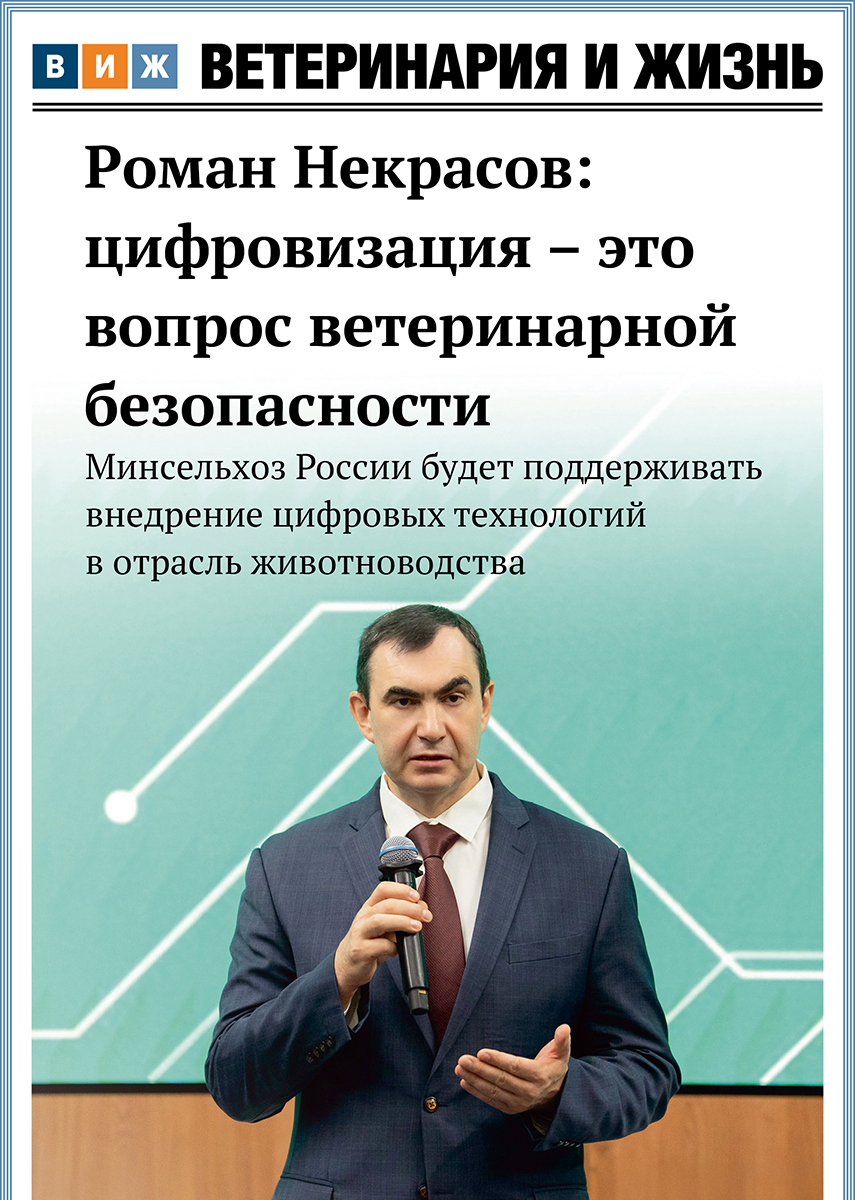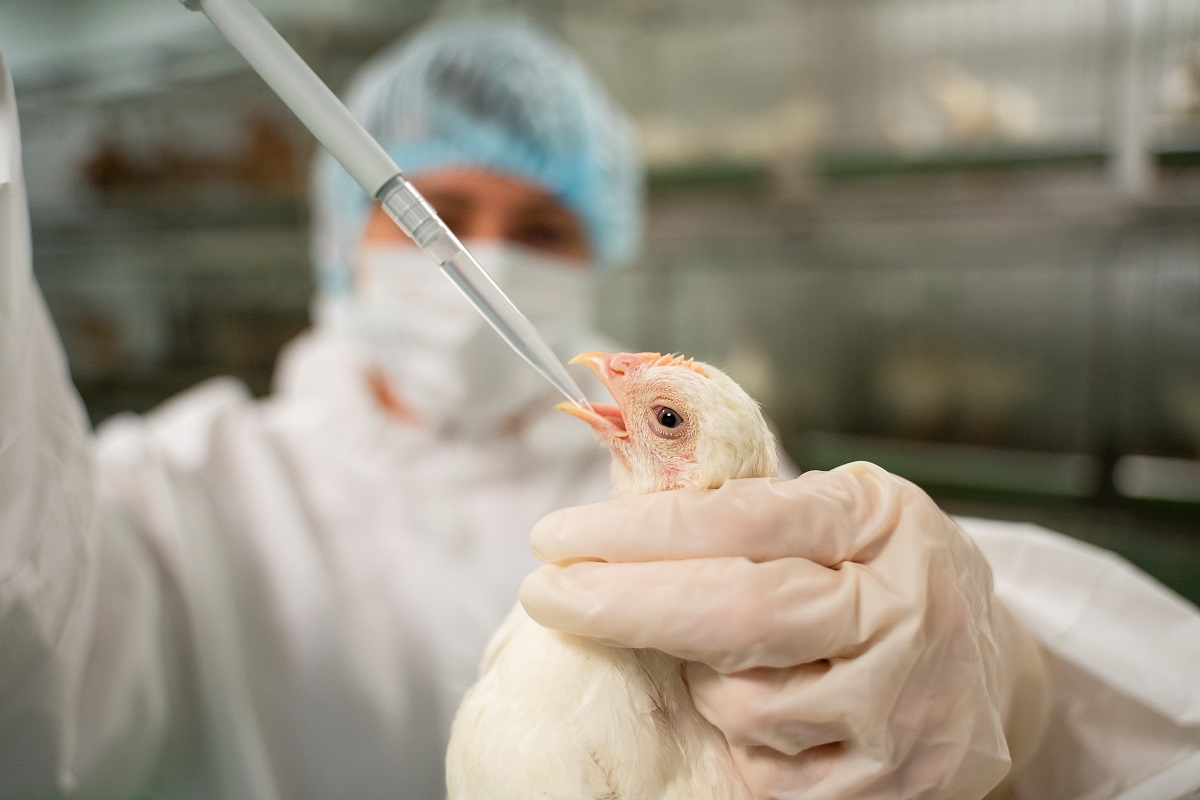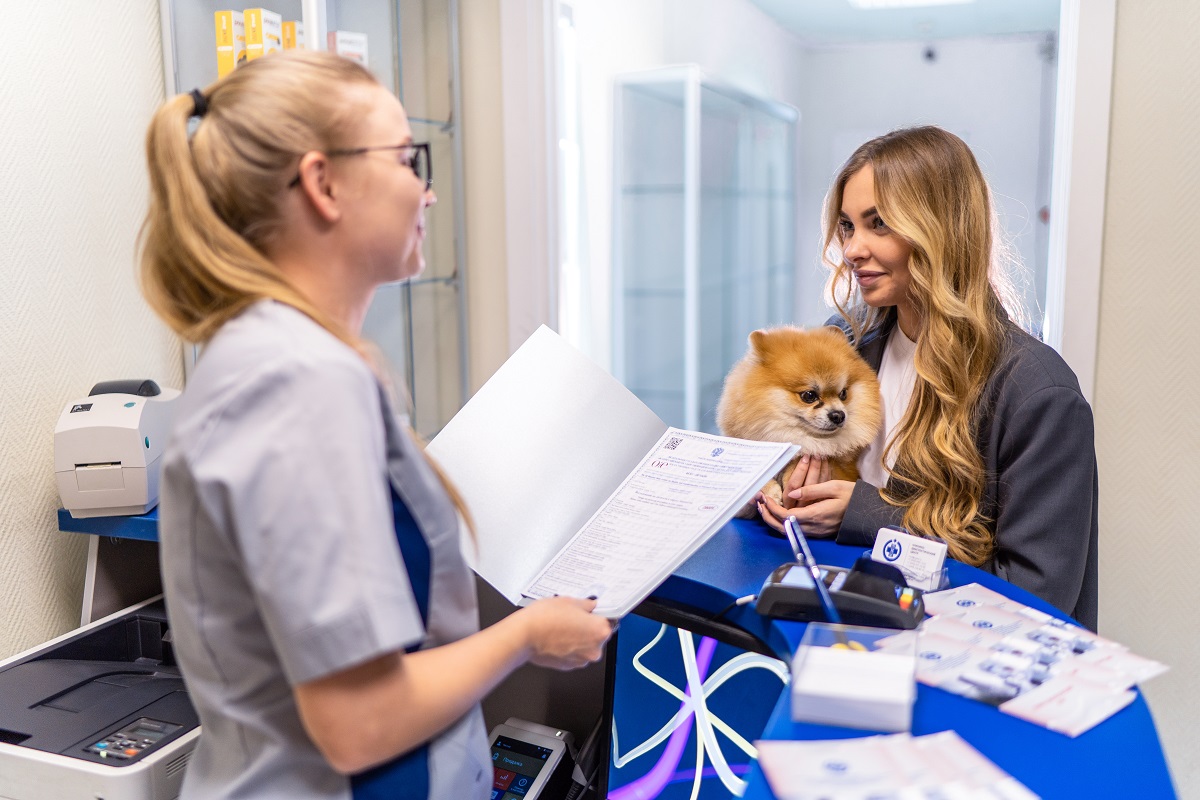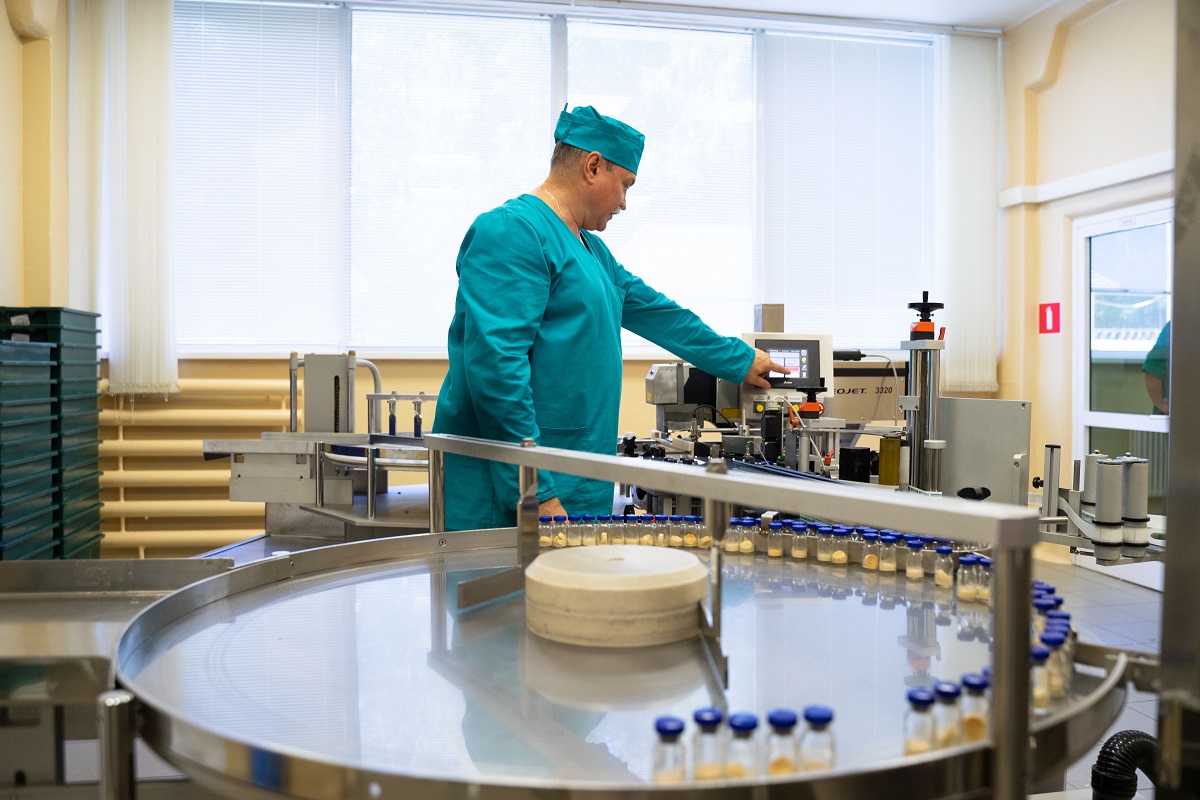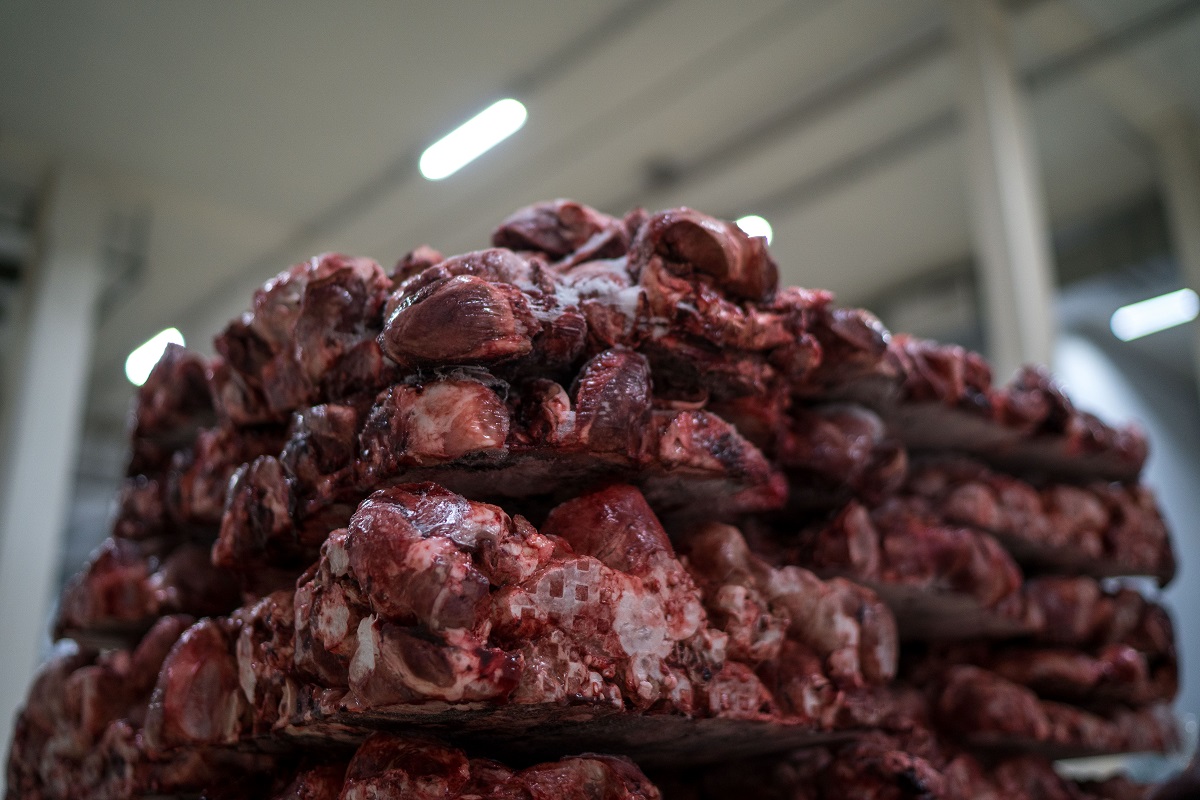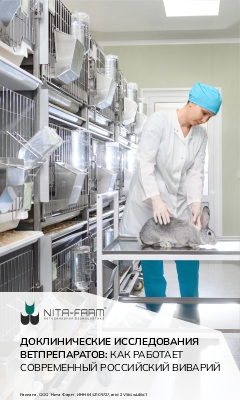The researchers used the A/H5N1 strain received from seagulls in May 2023. More than 50 bird flu outbreaks have been reported in 24 Russian regions since the beginning of the year. The situation worsened drastically in May–June 2023, when massive bird deaths were recorded, ARRIAH says.
The researchers analyzed data on two vaccine samples: AviFluVac (a low-pathogenicity avian influenza H5N1 antigen vaccine produced by ARRIAH) and a highly pathogenic avian influenza H5N1 antigen vaccine produced by another Russian manufacturer.
The vaccines were tested with various antigen concentrations to determine a protective dose.
Both vaccines showed a 100% protective effect after one dose: all immunized birds survived and were considered clinically healthy, while all birds in the control group died.
However, scientists discovered that at 1:25-1:100 vaccine dilutions, one dose of AviFluVac contained 96 50% protective doses (PD50), and the second tested vaccine from another Russian manufacturer contained only 38 PD50.
According to the guidelines of the World Organization for Animal Health (WOAH), one dose of vaccine used for prevention of HPAI should contain 50 PD50, says the document.
Reminder: ARRIAH is designated as a WOAH Reference Laboratory for Avian Influenza. The center develops and produces diagnostic methods and prevention tools (test systems and vaccines) in compliance with international standards.

